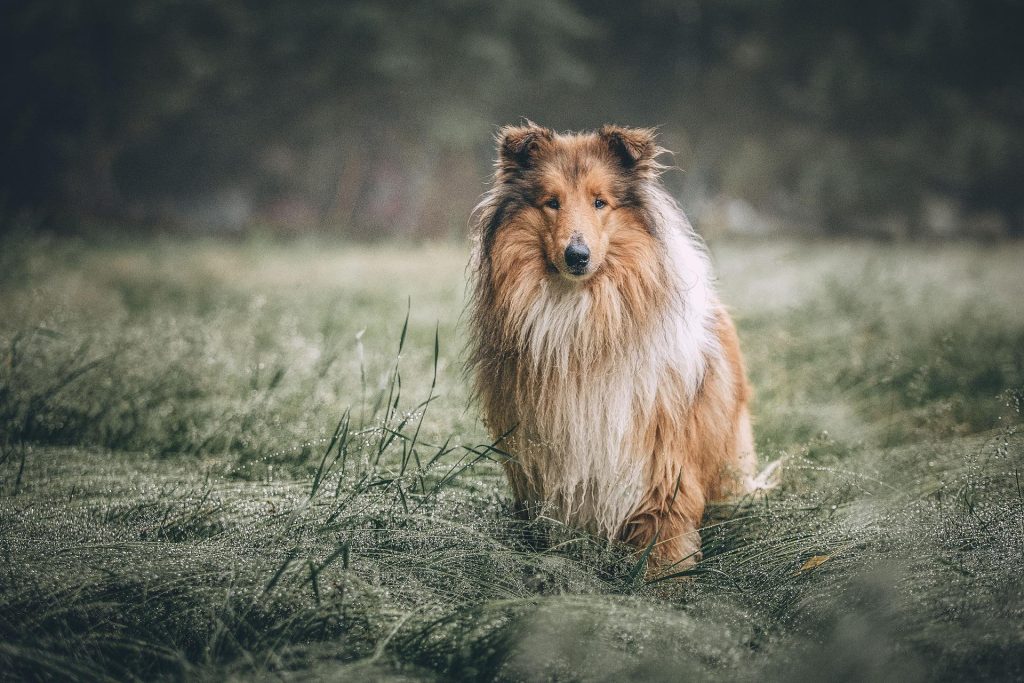Parenthood brings a unique blend of excitement and nervous anticipation. For those who share their lives with dogs and cats, the prospect of new life can evoke a heartwarming sense of joy. Recognizing the signs of pregnancy in a companion animal forms the first step in this beautiful adventure. Let’s explore the key indicators that signal your furry friend is expecting, along with the common reasons for pregnancy loss.
Recognizing the Symptoms of Pregnancy
A noticeable shift in behavior serves as a primary indicator of potential pregnancy. Dogs and cats may display increased affection, seeking closeness and comfort from their trusted humans. Changes in appetite, such as increased hunger or a sudden aversion to food, can also signal a new life brewing within. Each animal may exhibit different symptoms, making it essential to stay observant of any behavioral alterations.
Physical Changes: What to Look For
Physical transformations often accompany behavioral signs. Nipples in female dogs and cats may darken and become more prominent, while abdomen swelling often becomes evident by mid-pregnancy. As the weeks progress, determining pregnancy may become easier through the visible growth of a belly, resembling a round, tender dot of happiness waiting to burst forth. These changes can fill hearts with wonder, paving the way for imaginative plans for the upcoming litter.
Common Reasons for Pregnancy Loss
While anticipation fills the air with hope, awareness of potential pregnancy loss is equally important. Various factors can contribute to such heartache.
- Genetic Abnormalities: Some developing embryos may have genetic predispositions that result in failure to develop or survive.
- Infections: Bacterial or viral infections can pose serious risks to mother and developing young, leading to miscarriages.
- Hormonal Imbalances: Disruptions in hormonal levels, particularly progesterone, can hinder the maintenance of a pregnancy and lead to loss.
- Nutritional Deficiencies: Lack of essential vitamins and minerals impairs the health of the expectant mother, affecting the viability of her offspring.
- Environmental Stressors: Factors such as extreme temperatures, lack of a safe space, or frequent disturbances can contribute to stress, posing risks to both mother and unborn young.
Awareness of these factors not only empowers individuals but also fosters proactive measures to support the well-being of the expectant animal.
Veterinary Insight: Confirming Pregnancy
Acquiring confirmation from a trained veterinary professional not only solidifies suspicions but offers peace of mind. A veterinarian will conduct exams or recommend ultrasounds to ascertain pregnancy and check for possible complications. This proactive approach ensures the health of both the expecting animal and the future arrivals, allowing families to prepare adequately for the joyous occasion.
Preparing for the New Arrival
Once confirmation emerges, the excitement shifts toward preparations. Creating a safe nesting area, ensuring access to proper nutrition, and familiarizing oneself with birthing procedures become essential tasks. Engagement in discussions with fellow enthusiasts or attending informative workshops can equip aspiring caregivers with knowledge and skills, fostering a supportive community for the journey ahead.
The Joy of New Life
Witnessing the miracle of birth brings unparalleled joy and fulfillment. As the days pass and the time approaches, hearts synchronize with anticipation. Each heartbeat under the expectant belly rejoices in harmony, symbolizing the beauty of life unfolding. When the moment arrives, the home fills with delightful sounds and the warmth of new connections, creating cherished memories that last a lifetime.
Embracing the adventure of welcoming new life into the home is a profound experience. Recognizing the signs of pregnancy in dogs and cats creates awareness. It also ignites a sense of responsibility and readiness to embrace the challenges and delights of nurturing new lives.
The post What if Your Dog or Cat Is Expecting? appeared first on Animal Wellness Magazine.

